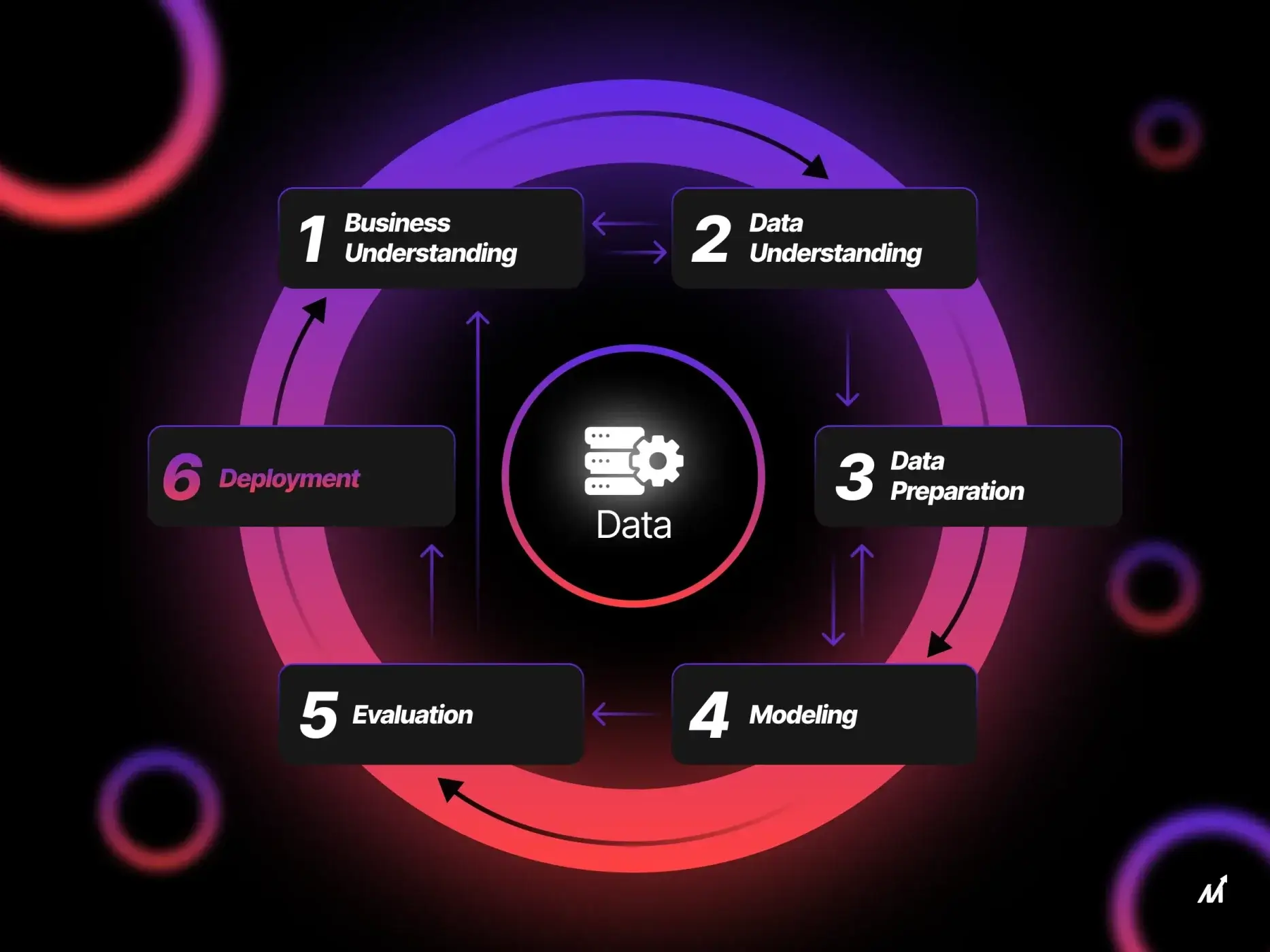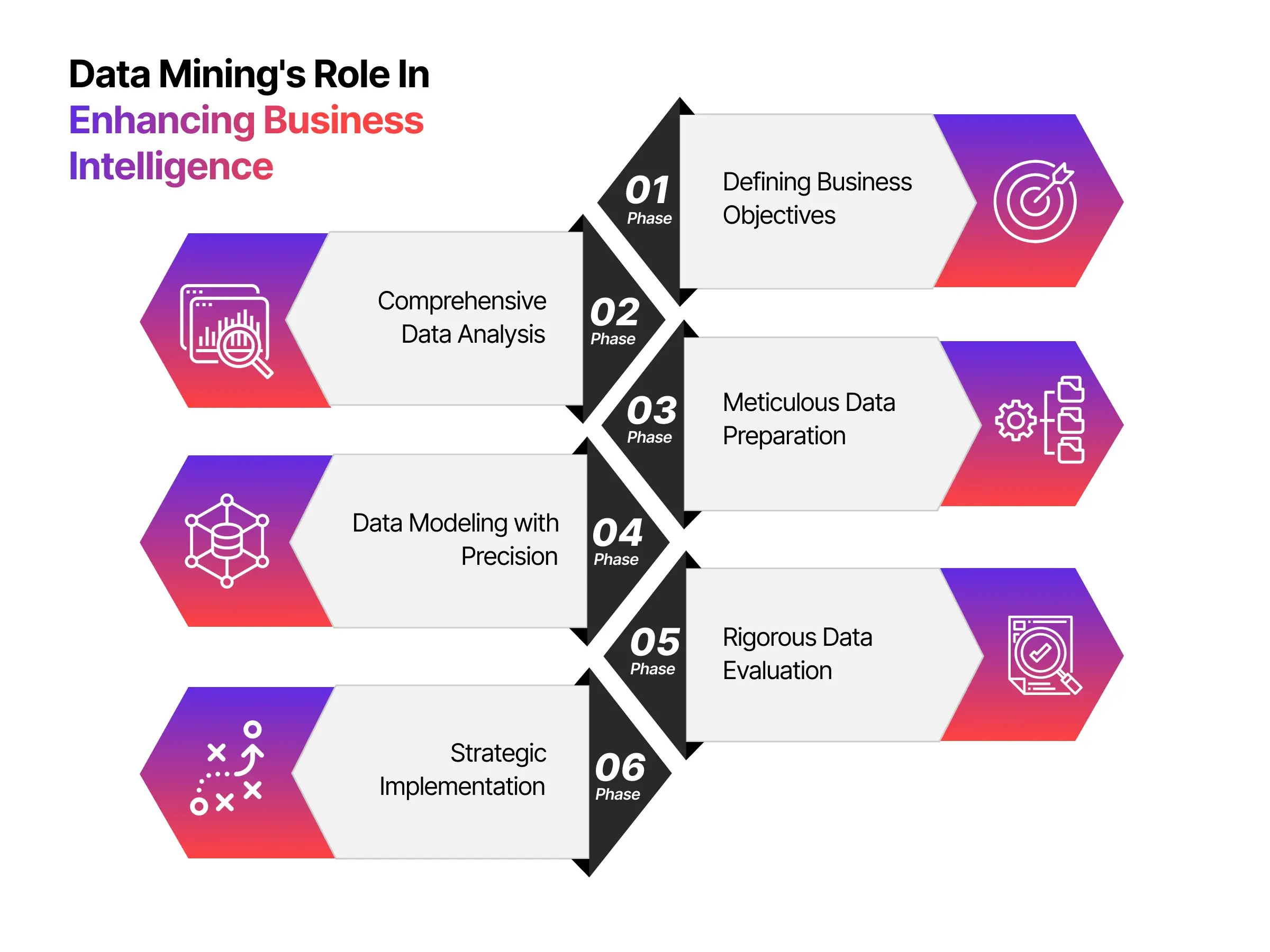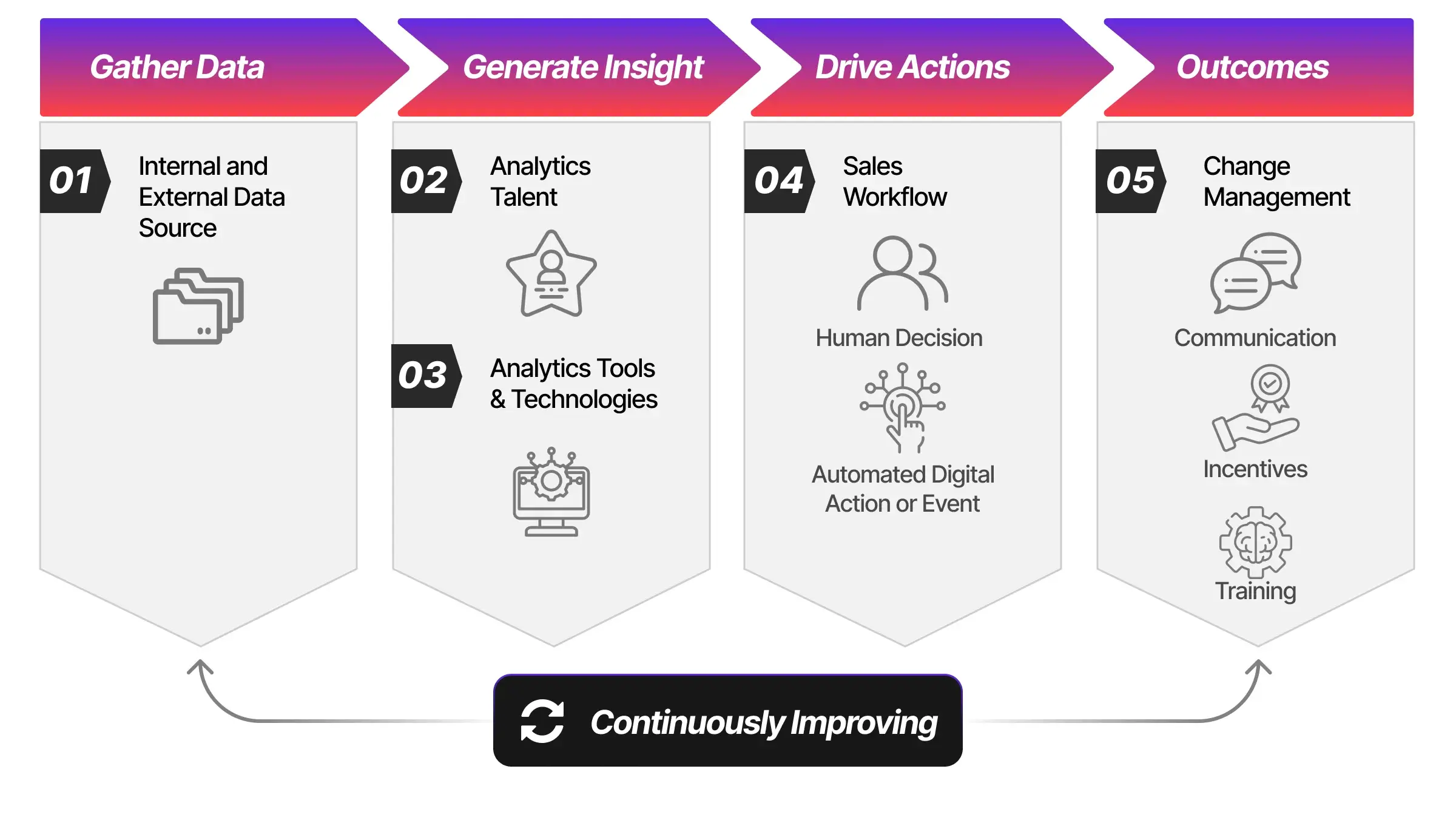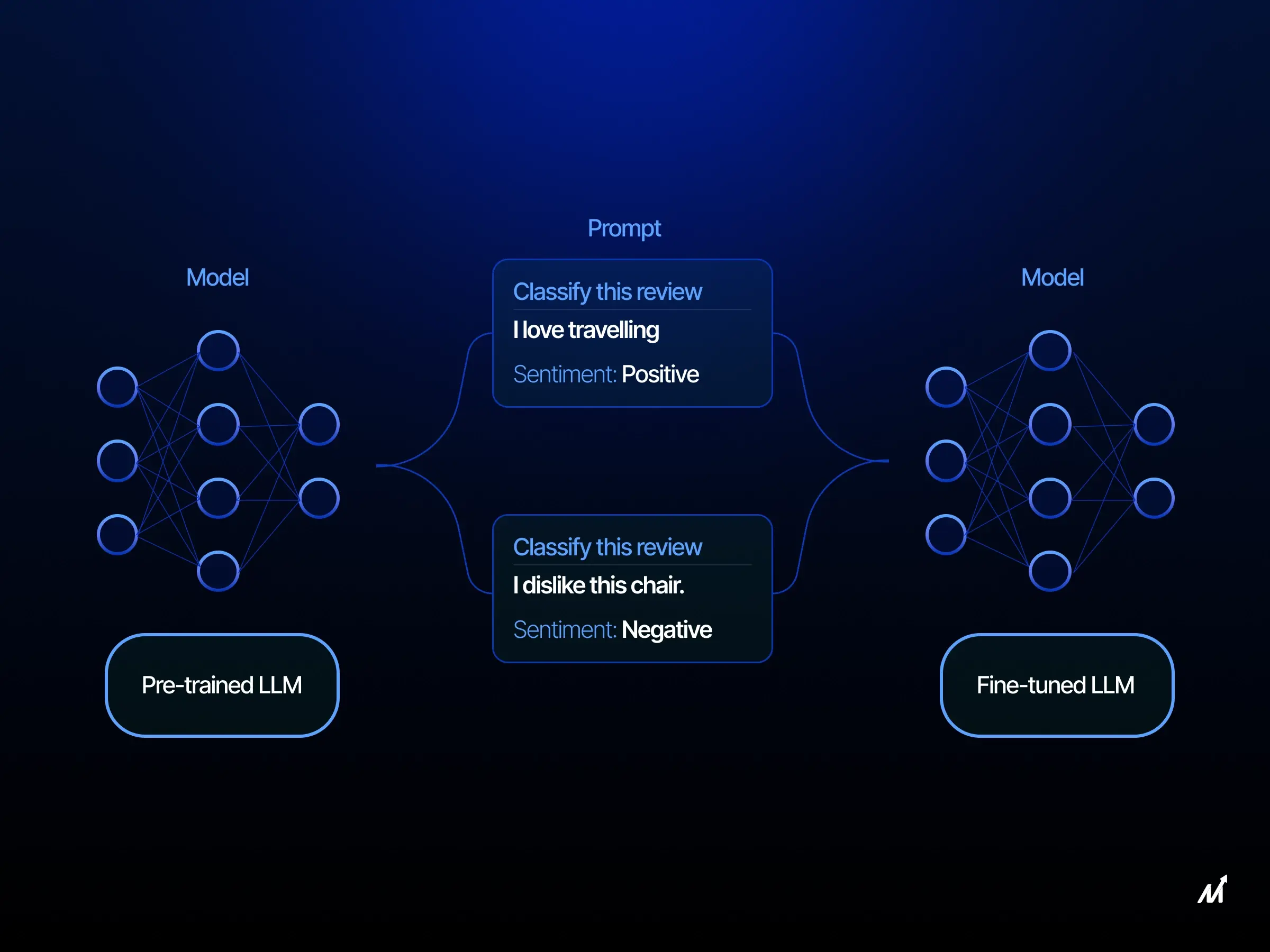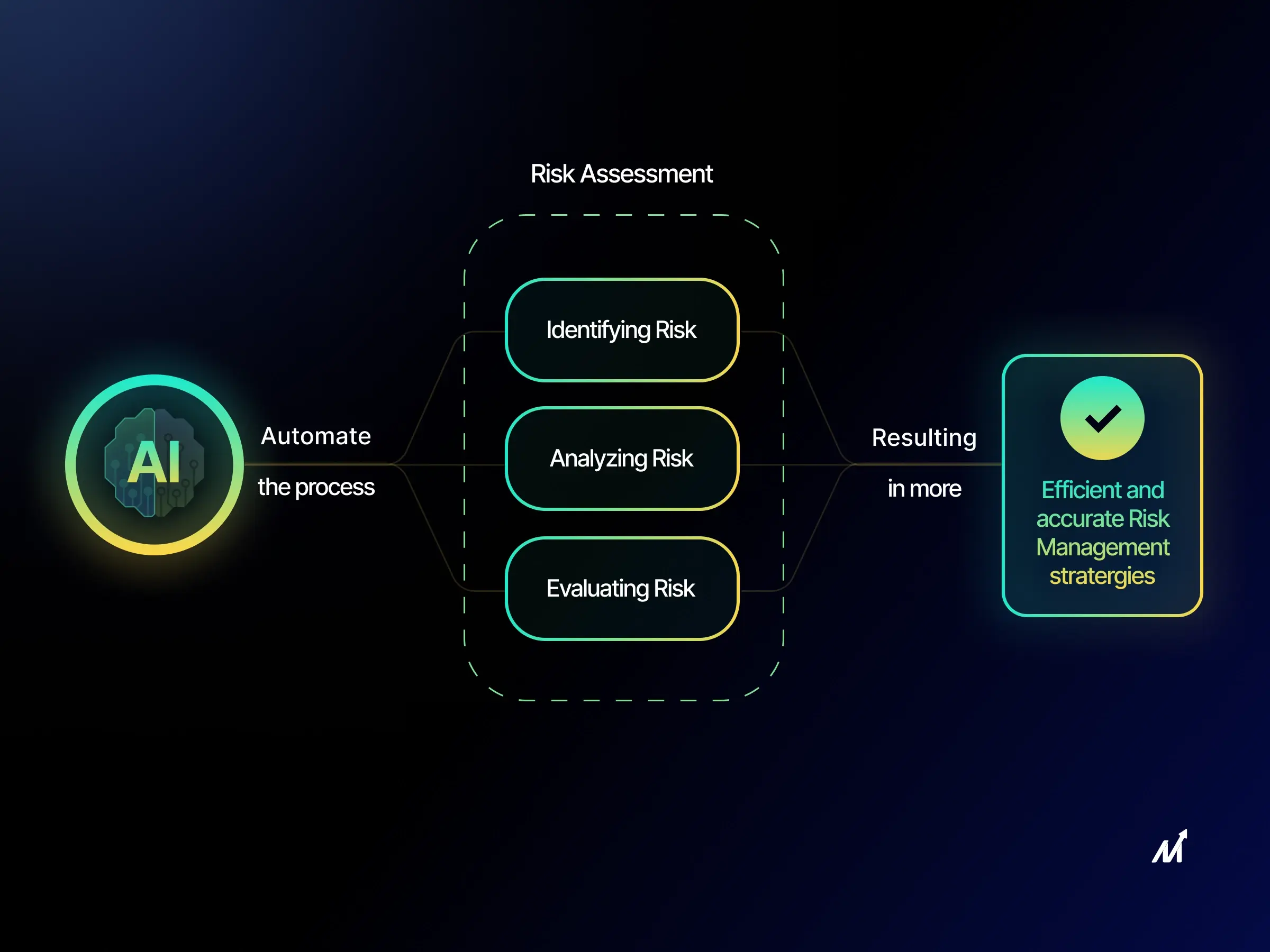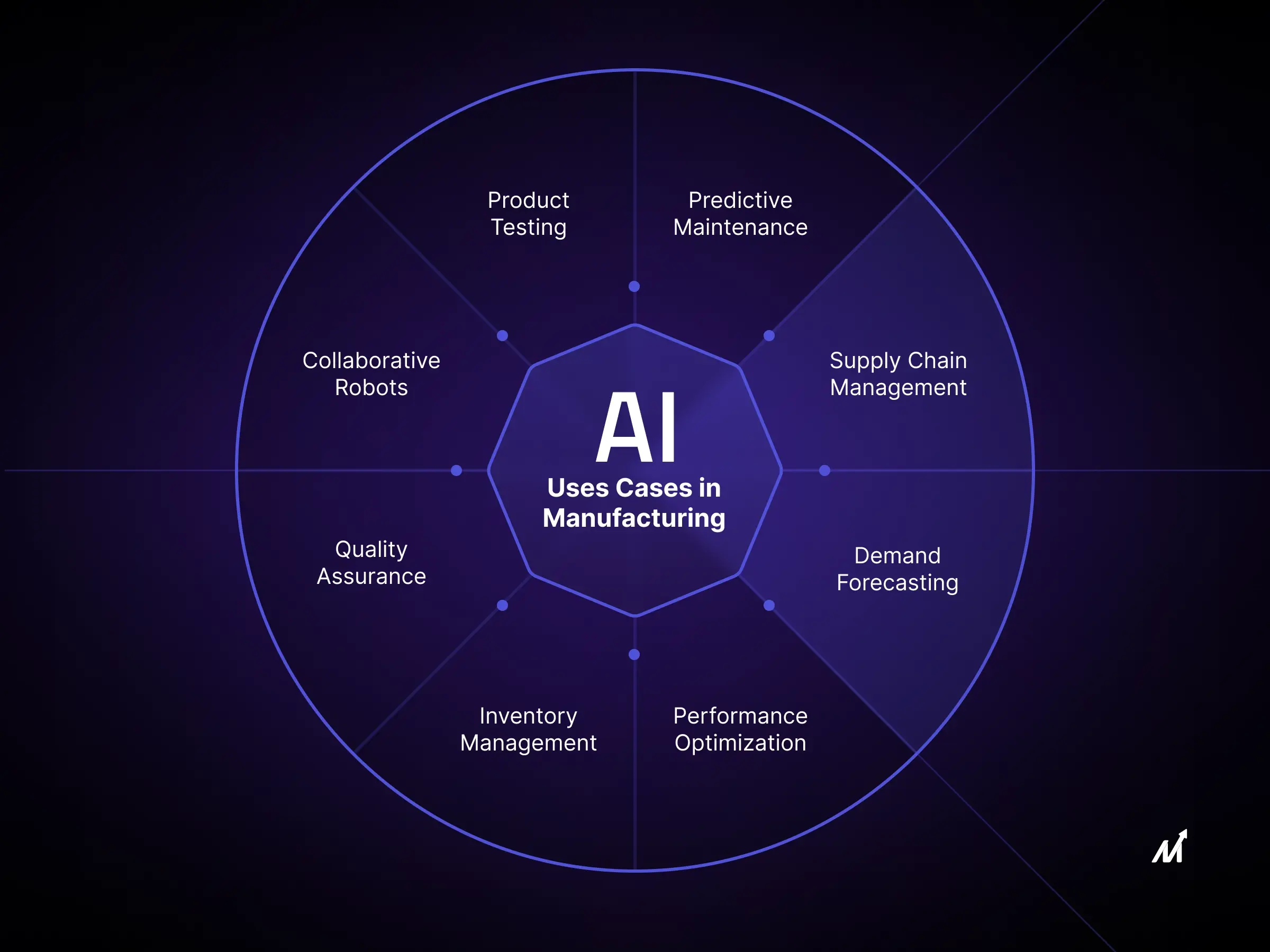Data stands as the cornerstone of strategic decision-making. This era, dominated by digital advancements, has positioned data at the forefront of enterprise growth and sustainability. Data, in its multifaceted role, serves as a critical tool in understanding and navigating complex challenges like climate change, market dynamics, business resilience, and agricultural advancements. The ability to harness data effectively reduces the complexity of problem-solving, providing a more straightforward path to solutions. Recent data mining statistics revealed that it is projected that by 2027, the worldwide data mining market will attain a valuation of approximately USD 37.88 billion.
For businesses, particularly, the alignment of their offerings with market needs is crucial. Parallel to this is the significance of data mining in cultivating business intelligence. This process is integral in sculpting a business’s future trajectory, fostering product innovation, and streamlining operations to enhance profitability. This discussion delves into the various aspects of data mining and business intelligence, their relevance in contemporary business, and their implementation for sustained revenue generation.
Data Mining in Business Context
In the business domain, data mining translates raw data into valuable, actionable insights. This transformation is achieved through sophisticated software tools, enabling data engineers to detect patterns critical for consumer analysis. By comparing various data sets, businesses can identify key metrics that directly influence their revenue streams. This information is then leveraged to refine strategies, enhance sales performance, and optimize marketing endeavors.
There is often confusion between data mining, data analysis, and business intelligence, given their interconnected roles in data operations. However, each of these terms describes a distinct process.
Data mining involves extracting information from extensive data sets. In contrast, data analysis refers to the process of identifying patterns within this extracted data. Data analysis encompasses stages like examining, cleaning, transforming, and modeling data, to extract meaningful insights, form conclusions, and make informed decisions. The subsequent sections will further explore the distinctions between data mining and business intelligence, emphasizing their contributions to business advancement.
Data Mining’s Role in Enhancing Business Intelligence
Data mining in business intelligence is a nuanced and systematic process, pivotal in transforming data into strategic business insights.
Phase 1: Defining Business Objectives
The journey begins with a clear articulation of business goals. This crucial stage involves determining the specific objectives that data mining is expected to achieve, ensuring that the subsequent process is precisely aligned with these targets.
Phase 2: Comprehensive Data Analysis
Once objectives are set, the focus shifts to thorough data examination. This involves understanding the origins, structure, and quality of the data at hand. Different organizations store and utilize data in varied ways, influenced by their unique IT frameworks and business models. Here, the emphasis is on recognizing the nature of the data and its potential applications.
Phase 3: Meticulous Data Preparation
Data preparation is a vital stage where raw data is transformed into a more usable format. This involves cleaning, sorting, and structuring the data. Data engineers and analysts play a key role in this process, ensuring that the data is not only technically accurate but also relevant and accessible to decision-makers.
Phase 4: Data Modeling with Precision
In this phase, sophisticated statistical models are applied to the prepared data to identify hidden patterns and correlations. The focus is on selecting the most appropriate modeling techniques that can reveal insights aligned with the predefined business objectives. This step often involves iterative testing to refine the models for optimal results.
Phase 5: Rigorous Data Evaluation
Post-modeling, the data undergoes a stringent evaluation process. This involves scrutinizing the outcomes for accuracy and relevance, ensuring that the insights derived are both reliable and directly applicable to enhancing business strategies.
Phase 6: Strategic Implementation
The final phase involves translating these data-driven insights into actionable business strategies. This typically starts with small-scale pilot implementations to test the efficacy of the recommendations. Successful strategies are then systematically integrated into broader business practices, aiming to optimize operations and drive growth.
In short, data mining in business intelligence is a detailed, technically rigorous process. It begins with a clear understanding of business objectives, followed by an in-depth analysis of data, meticulous preparation and modeling, thorough evaluation, and ends with strategic implementation. Each step is crucial in transforming data into actionable intelligence, pivotal for business decision-making and growth.
Exploring Real-Life Applications of Data Mining
The realm of data mining in business is multifaceted and boundless, showcasing its versatility across various industries. In the following sections, we delve into concrete examples of data mining applications that resonate with different sectors.
Data Mining in Service Providers
Service providers, encompassing telecom and utility companies, harness the power of data mining to predict a phenomenon referred to as ‘churn.’ In this context, ‘churn’ denotes when a customer opts to switch from one service provider to another. To ascertain the likelihood of such customer behavior, these providers meticulously aggregate diverse data sources. Billing records, customer service interactions, website engagement metrics, and more all contribute to crafting a comprehensive profile of each customer. Subsequently, each customer is assigned a probability score, which guides the tailored approach to retaining their loyalty.
For instance, consider a customer who frequently contacts customer service with grievances. Armed with this insight, the service provider can proactively offer this customer discounts or other incentives, effectively stemming the tide of potential churn. This strategic approach not only aids in customer retention but also yields cost savings by reducing the need for customer acquisition efforts.
2. Data Mining in Retail
The retail sector employs data mining to discern customer preferences and fine-tune marketing strategies accordingly. One widely adopted segmentation method is known as ‘Recency, Frequency, Monetary’ (RFM) analysis. This approach categorizes customers based on their recency of purchases, frequency of transactions, and monetary value spent. Subsequently, marketing and promotional initiatives are tailored to suit each RFM group’s characteristics.
For instance, a customer who frequently makes smaller purchases will be treated differently than a customer who occasionally splurges on a single substantial transaction. The former may receive loyalty perks, cross-selling offers, and upsell promotions, while the latter might be enticed back with special win-back deals.
3. Data Mining in E-commerce
E-commerce stands as a prominent arena for data mining applications. Companies in this domain leverage data mining to scrutinize customer behavior intricately, crafting personalized, real-time product recommendations. Through a meticulous analysis of customer purchase histories, e-commerce entities can suggest products that align seamlessly with a customer’s interests and preferences.
Amazon, a global e-commerce behemoth, epitomizes this approach with its ‘People who viewed this product also liked this’ functionality. The sophisticated data mining techniques underpinning this feature not only augment customer satisfaction but also bolster revenues through cross-selling and upselling endeavors.
4. Data Mining in Supermarkets
Supermarket loyalty card programs often revolve around amassing comprehensive customer data for data mining purposes. A notable illustration of this strategy unfolded with the U.S. retail giant, Target. As part of their data mining initiative, Target devised algorithms capable of predicting whether their shoppers were likely to be expectant parents. By scrutinizing the contents of customers’ shopping baskets, the company could identify individuals showing signs of impending parenthood and subsequently tailor promotions for baby-related products such as diapers and cotton wool. Impressively, their predictions were so precise that Target gained notoriety for sending promotional coupons to families who had yet to announce their pregnancy.
5. Data Mining in Crime Agencies
Data mining’s applications extend beyond the corporate realm and find resonance in crime prevention agencies. These organizations employ data mining techniques to unearth anomalies and discern trends within vast datasets. The insights derived from data mining aid in critical decision-making processes, spanning from the optimal allocation of police resources based on the likelihood of criminal activity to targeted border crossing inspections driven by various factors such as the age and type of vehicle, the number and age of occupants, and historical border crossing patterns. Moreover, data mining plays a pivotal role in identifying and prioritizing intelligence relevant to counter-terrorism efforts.
Also read about LLM application
Business Intelligence Vs Data Mining
1. Purpose
- Business Intelligence: The core objective of Business Intelligence is to convert raw data into actionable information for executives. It revolves around monitoring Key Performance Indicators (KPIs) and presenting data in a manner that facilitates data-driven decision-making. It essentially acts as the bridge between raw data and informed choices.
- Data Mining: In contrast, Data Mining is primarily concerned with the exploration of data to identify solutions to specific business challenges. It harnesses computational intelligence and algorithms to uncover underlying patterns, which are subsequently interpreted and presented through the medium of Business Intelligence.
2. Type of Solution
- Business Intelligence: This field predominantly deals with the continuous monitoring of KPIs, rendering it volumetric in nature. It focuses on tracking and visualizing the performance metrics over time.
- Data Mining: Data Mining, on the other hand, employs scientific methodologies and algorithms to unearth intricate data patterns and behaviors. It plays a crucial role in detecting blind spots in management and provides in-depth case-by-case statistical analysis.
3. Results Expected
- Data Mining: The primary outcome of Data Mining is the generation of unique datasets, with a strong emphasis on preparing data for practical application in resolving specific business issues. It delivers reports enriched with recommendations that are vital for strategic decision-making.
- Business Intelligence: Business Intelligence results manifest in the form of charts, graphs, dashboards, and reports. These visual representations are essential in influencing data-driven decisions within an organization.
4. Focus of the Approach
- Data Mining: Data Mining aids businesses in devising new KPIs for Business Intelligence by dissecting patterns within the data. Consequently, Business Intelligence is geared towards demonstrating progress in achieving the KPIs set forth by Data Mining. This approach provides a comprehensive overview of company performance, encompassing metrics like total revenue, customer support tickets, and ARR over time, instilling confidence in stakeholders for making critical decisions.
- Business Intelligence: Business Intelligence emphasizes interpreting and utilizing data effectively to inform strategic decisions. It leverages insights derived from Data Mining, applying these to monitor and assess key performance indicators (KPIs). This approach highlights the impact of strategies on company metrics such as total revenue, customer satisfaction, and Annual Recurring Revenue (ARR), offering stakeholders a clear, data-driven perspective for informed decision-making and future planning.
5. Volume of Data
- Business Intelligence: Business Intelligence techniques are well-suited for handling large datasets, typically within the realm of relational databases. It excels in processing data on an enterprise-wide scale, providing insights into overall performance.
- Data Mining: Data Mining, conversely, thrives on smaller datasets, albeit incurring higher data processing costs. This approach is best applied to specific areas within a business, such as a particular department, customer segment, or competitor analysis. By scrutinizing these smaller datasets, Data Mining unveils concealed trends and patterns pertinent to the specific questions posed, distinguishing it from the broader focus of Business Intelligence.
While both Data Mining and Business Intelligence are essential in harnessing the power of data, their distinct purposes, methodologies, and outcomes set them apart. Data Mining paves the way for actionable insights, while Business Intelligence transforms these insights into the decision-making fuel that drives businesses and enterprises forward.
Analysis of Data Mining Methodologies & Their Application
In Data mining, a multitude of methodologies exist, each serving a distinct purpose in the analysis and utilization of data for business growth. These methodologies, when understood and applied effectively, can provide invaluable insights that drive strategic decisions and foster business development.
1. Categorization Analysis
Categorization Analysis, at its core, involves the segmentation of data based on various attributes. This method is crucial in environments where data is vast and varied. For instance, in a retail setting, categorization analysis can be employed to dissect transaction data, allowing for the segregation of products into various categories such as household essentials, dairy products, or personal care items. This segmentation is not merely about organizing products; it’s about gaining an understanding of customer buying habits and preferences.
By categorizing products, retailers can analyze which categories are most popular, which are seasonal, and which are consistently underperforming. This understanding is pivotal in making informed decisions about stock management, marketing strategies, and even store layout. For example, if the analysis shows a high demand for dairy products, the retailer might allocate more shelf space to this category or run promotional campaigns to capitalize on this demand.
2. Cluster Analysis
Cluster Analysis, while similar to categorization in its objective of grouping data, differs in its approach and application. It is less about creating defined categories and more about identifying natural groupings within the data. In a business context, this could mean identifying groups of products that are often bought together or segmenting customers based on their buying behavior. For instance, a supermarket might use cluster analysis to identify that a significant number of customers who buy baby products also tend to purchase health and wellness products. This insight could lead to targeted marketing campaigns or strategic product placements, such as placing baby products near health supplements in the store.
3. Correlation Rule Mining
Correlation Rule Mining delves into the relationships between different data elements. In the context of a retail business, it could reveal intricate patterns such as the likelihood of a customer who buys a specific type of product also showing interest in another product category. This technique is particularly useful in understanding customer buying behavior and preferences. For example, if correlation rule mining reveals that customers who buy organic produce are also likely to purchase eco-friendly cleaning products, the retailer could use this information to bundle these products together in a promotion, thereby increasing the likelihood of a larger sale.
4. Predictive Regression Modeling
Predictive Regression Modeling stands out for its ability to forecast future trends based on existing data. It is a powerful tool in any business’s arsenal, allowing for predictions about market behavior, customer preferences, and even potential supply chain disruptions. In a retail setting, regression modeling could be used to predict the demand for various product categories based on factors such as seasonality, past sales data, or economic indicators. This prediction can be instrumental in making decisions about inventory levels, pricing strategies, and promotional activities.
5. Outlier Identification
Outlier Identification is critical in any data mining process. It involves pinpointing data points that deviate significantly from the norm. These outliers are not mere statistical anomalies; they often hold the key to understanding unusual customer behavior, market shifts, or even operational challenges. For example, if a retail store observes a sudden spike in the sale of a particular product, outlier identification can help determine whether this is a result of a new trend, a successful marketing campaign, or perhaps an anomaly that needs further investigation.
Data Mining with Markovate
Markovate offers a comprehensive range of services and consulting expertise when it comes to Data Mining and Business Intelligence. With a profound commitment to helping businesses harness the full potential of their data, Markovate delivers tailored solutions that drive informed decision-making and foster growth.
- Tailored Predictive Models: Markovate designs predictive models customized to each client’s unique challenges and objectives. These models forecast outcomes such as customer behavior, demand patterns, and financial performance, enabling businesses to make precise decisions.
- Industry-Specific BI Solutions: Markovate develops Business Intelligence solutions tailored to the industry and niche of the client. Whether it’s healthcare, finance, retail, or manufacturing, they create dashboards and reports that address sector-specific KPIs and challenges.
- Data Integration and Migration: Markovate offers seamless data integration and migration services. They align data sources with the client’s existing systems and ensure data consistency, improving the accuracy of insights and decision-making.
- Regulatory Compliance Frameworks: Markovate builds compliance frameworks customized to the regulatory landscape in which the client operates. This includes GDPR, HIPAA, or industry-specific regulations. They ensure that data mining and BI processes adhere to all necessary guidelines.
- Scalable Infrastructure: Markovate designs scalable data infrastructure that grows with the client’s needs. Whether on-premises or cloud-based solutions are required, they provide a flexible foundation for expanding data capabilities.
Conclusion
The application of these data mining methodologies in a business context is not just about handling vast amounts of data; it’s about extracting meaningful insights that can inform strategic decisions. Whether it’s through categorizing products to better understand customer preferences, clustering data to identify natural groupings, mining correlation rules to uncover buying patterns, using predictive modeling to forecast future trends, or identifying outliers to grasp anomalies, each methodology offers a unique perspective on data. The integration of these methodologies enables businesses to not only understand their current state but also anticipate future developments, leading to more informed decision-making and strategic planning.
FAQs
1. What is the primary goal of data mining in business intelligence?
The primary goal of data mining in business intelligence is to extract valuable patterns, insights, and knowledge from large datasets to support informed decision-making and gain a competitive advantage.
2. How can businesses ensure data privacy and compliance when utilizing BI and data mining techniques?
To ensure data privacy and compliance, businesses should implement robust security measures, adhere to relevant regulations (e.g., GDPR or HIPAA), and anonymize sensitive data before using it in BI and data mining processes.
3. What role does machine learning play in enhancing business intelligence through data mining?
Machine learning algorithms empower BI systems to automate data analysis, predict trends, and recommend actions, thereby enabling businesses to make data-driven decisions more efficiently and accurately.
4. What are some real-world examples of how data mining has improved business processes and outcomes?
Real-world examples include personalized product recommendations on e-commerce platforms (e.g., Amazon), fraud detection in financial institutions, and customer churn prediction in telecommunications, all of which enhance customer satisfaction and profitability.
5. How can organizations effectively integrate data mining and business intelligence into their existing workflows and strategies?
Effective integration involves aligning data mining and BI initiatives with organizational goals, fostering a culture of data-driven decision-making, investing in the right technology, and providing training to empower employees to use data effectively.

